IndiaWilds Newsletter Vol. 5 Issue XI
Increasing Roads, Vanishing Wildlife
Roads have an important bearing on our lives and often impacts the connectivity of human habitations and our current economic models suggest that roads positively impact our economy. Ofcourse this doesn’t take into consideration that roads lead to accidents and mortality of humans and wildlife species, fragment habitats, change behaviour, increase pollution, reduce percolation of water impacting the water table, increase penetration of invasives, increase landslides in the mountains, etc.
Impact of Traffic Noise
However a research study has shown us the serious impact of traffic noise on wildlife.
In a research study conducted by Boise state university along with Idaho bird observatory (An experimental investigation into the effects of traffic noise on distributions of birds: avoiding the phantom road: Christopher J. W. McClure, Heidi E. Ware, Jay Carlisle, Gregory Kaltenecker and Jesse R. Barber) evidence was found that traffic noise has a massive impact on the migrating birds and their numbers were found to have reduced by 28%.
In this interesting experiment, researchers choose to isolate the other effects of traffic like chemical pollution through noxious fumes and sight of vehicles so as to study the impact specifically due to the traffic noise. The study was conducted from July to October 2012 at 5900 feet Lucky Peak. The researchers conducted this experiment on a half a kilometer stretch with 15 pairs of speakers spaced 30 meters and played back traffic noise on a ridge in an area devoid of roads. The traffic noise was played for four day intervals followed by four days of silence. Some of the migrating bird species were found to have totally deserted the area due to the noise and for others the numbers had drastically come down.
Importance of Vocalisations
In another study conducted on rhesus macaques (Macacamulatta) has found that vocalisations has got a very big impact on their lives.
This research (Female rhesus macaques discriminate unfamiliar paternal sisters in playback experiments: support for acoustic phenotype matching: Dana Pfefferle, Angelina V. Ruiz-Lambides, and AnjaWiddig), has thrown light on the ability of rhesus macaques (Macacamulatta) to recognise their paternal kin through vocalisations. This is perhaps the first time there is evidence of acoustic phenotype matching.
Previous studies have shown that female rhesus macaques recognise their maternal kin using vocal cues. It is well known among many species who respond to each others kin through vocalisations. However, the research on paternal kin is important as it is difficult to understand the paternity of the offspring as female rhesus macaques often engage in promiscuous behaviour even when they have already conceived.
The researchers have concluded that the rhesus macaque behavioural observations have indicated that semi free-ranging female rhesus macaques have show preference to mingle with their paternal half-sisters in comparison to unrelated females within the same group, particularly when born within the same age cohort. And more importantly, the females responded more often to calls of their paternal half-sisters as compared to calls of unrelated females even when they were not familiar with their half-sisters. The researchers say “We found that test females responded more often to calls of paternal half-sisters compared with calls of unrelated females, and that this discrimination ability was independent of the level of familiarity between callers and test females, which provides, to our knowledge, the first evidence for acoustic phenotype matching. Our study strengthens the evidence that female rhesus macaques can recognize their paternal kin, and that vocalizations are used as a cue.”
These two recent research studies and many others earlier have established the importance of vocalisations in the lives of various species and the fact that traffic noise due to roads drown these communications. Some bird species have been known to change their timing of singing, find difficulty in finding mates, some have problems of miscarriage etc. In view of these established facts roads, especially the ones passing through National Parks, sanctuaries and other wilderness areas need our attention.
Killing Fields: Roads in Protected Areas
Within India’s Protected Areas, the extensive impact of roads remains poorly understood, except in the obvious and serious instance of wild animal mortality due to road accidents states the preamble of the Recommendations of the Sub-Committee on Guidelines for Roads in Protected Areas. Unfortunately, when it reaches the recommendations state, this report doesn’t have any far reaching recommendations. The complete guidelines can be found here: http://moef.gov.in/sites/default/files/wl-141113.pdf
The report infact calls for status quo ie to maintain the existing roads passing through the National Parks and Core critical tiger habitats (CTH) inside the protected areas. The roads could be maintained and repaired in the best manner possible in their current form and present width. No widening or upgradation is to be allowed. If it is an existing tarred road, it shall be maintained as such and no widening of the tarred surface or the widening of the road itself, may be done. This decision appears to be based on the decision taken by the standing committee of IBWL thirteen years earlier in 14.6.2000.
In many national parks, sanctuaries and PAs there have been cases of illegal new road constructions, so does the forest department care about the exact width of the roads after repairs? In many National Parks, road widening is done on the pretext of maintenance as the local forest department officials come under pressure from local towns and villages and turn a blind eye.
The sub-committee also asked for creation of speed breakers in the roads. It is well known that in the roads passing through National Parks and PAs there have been mortality of charismatic species despite the presence of speed breakers. The mortality of lesser known species, birds, herpeto-fauna goes unreported.
If a subcommittee fails to re-examine a decision taken close to one and half decades earlier, despite the benefit of many research findings available today, then the purpose of such sub-committees are lost. The junior ministry officials could have arrived at status quo reports without needing expert committees.
The least this sub-committee could have done was to identify stretches of roads where there has been road kills of atleast major species and ensured that those stretches be made untarred to ensure that the vehicles move at reduced speeds in those areas.
This sub-committee report also mentions that speed limits should be imposed. Unfortunately, it is a known fact that no one adheres to speed limits while driving through forest roads. Even our city roads don’t have radars to check speeds of vehicles. When we are unable to monitor vehicles adhering to speed limits, how do we expect it to be implemented in the roads passing through our forests? Neither do we have personnel to monitor, nor do we need so many people to be moving around in the forest just to enforce speed limits and further increasing the traffic and disturbance in the forest.
Similarly, the sub-committee has asked for no horns and no littering. It is easier said than enforced. People rarely adhere to it and enforcement is difficult. Even when there is an elephant on the road, people tend to honk loudly without waiting for the elephant to cross the road. Especially in hilly terrain or while negotiating a bend people tend to blow horn. This small three and half minute film shows the manic driving, honking and stupidity in abundance.
The sub-committee has also recommended ban on night traffic on the roads and the maintenance work not to be carried out between 6pm to 8 am. Given the heat and dust raised by the ban on night traffic in Karnataka, we will see if this can be replicated in other places. It would be a good move because most of the herpeto-fauna and nocturnal wildlife take more time to cross the roads and fall victim to speedy vehicles (Study on roadkills in Chinar: http://www.indiawilds.com/diary/road-kills-in-chinnar-road-and-aliyar/ ). Ban on night traffic would be a good move, as it would be a disincentive for commercial traffic and hence there would be pressure to consider alternate alignments.
I hope the IBWL and MoEF pays attention on the crucial impact of roads passing through our wilderness areas on our wildlife and re-examines it to takestringent steps that can safeguard our wildlife and wilderness areas.
IndiaWilds Campaign: Massacre of the National Heritage Animal
It was not long time ago that the elephant was branded as the National Heritage Animal. At that time we had hoped that it was not just lip service and the Elephant Task Force report would be implemented. Unfortunately, things have gone from bad to worse for the elephant. Not a month passes without the news of elephants being poached, electrocuted or mowed down by trains in some part of the country.
In the latest incident, seven elephants including two calves were killed on the spot by a train speeding through Chapramari Wildlife Sanctuary at 70kmph mowed them. One of the elephants was dragged 400meters to the middle of a bridge before it stopped. For details check post by Arindam Data – http://www.indiawilds.com/forums/showthread.php?13514-how-many-jumbos-must-a-train-a-kill-before-they-make-it-the-mascot
There were many other elephants that got injured in the incident. The elephants came back to mourn their dead. Such is their sensitivity that they didn’t attack the train that had stopped or the people. When we contrast that to the behaviour of people who turn violent when accidents occur, we realise that the elephants are more human then us. Unfortunately, perhaps we have become too cynical to appreciate such a moving scene.
This is not the first time that elephants have been brutally mowed down by speeding trains. Unfortunately, this may not be the last time as there is no action

Bholu
taken to reduce the speeds of trains passing through our wildlife corridors. Neither is the railways interested in creating either overpass/ flyovers or planning alternate alignments to completely avoid such gruesome murder of our National Heritage Animal. Perhaps the Railways has forgotten that its mascot ‘bholu is an elephant
If a person driving his car hits a wild animal then according to the wildlife protection act, the vehicle is immediately seized and the person placed behind bars. Unfortunately, our Railways is immune to it. To our knowledge, never in the history of Independent India, the railways have been taken to task. Why the Indian Railway officials have never been taken to task for their repeated negligence and dereliction of duty?
Unfortunately, our wildlife neither have votes to ensure that politicians sit up and take notice, neither do our wildlife have a voice that can be understood by humans. So I earnestly urge you to be the voice of this voiceless wildlife to raise your voice in support of our elephants.
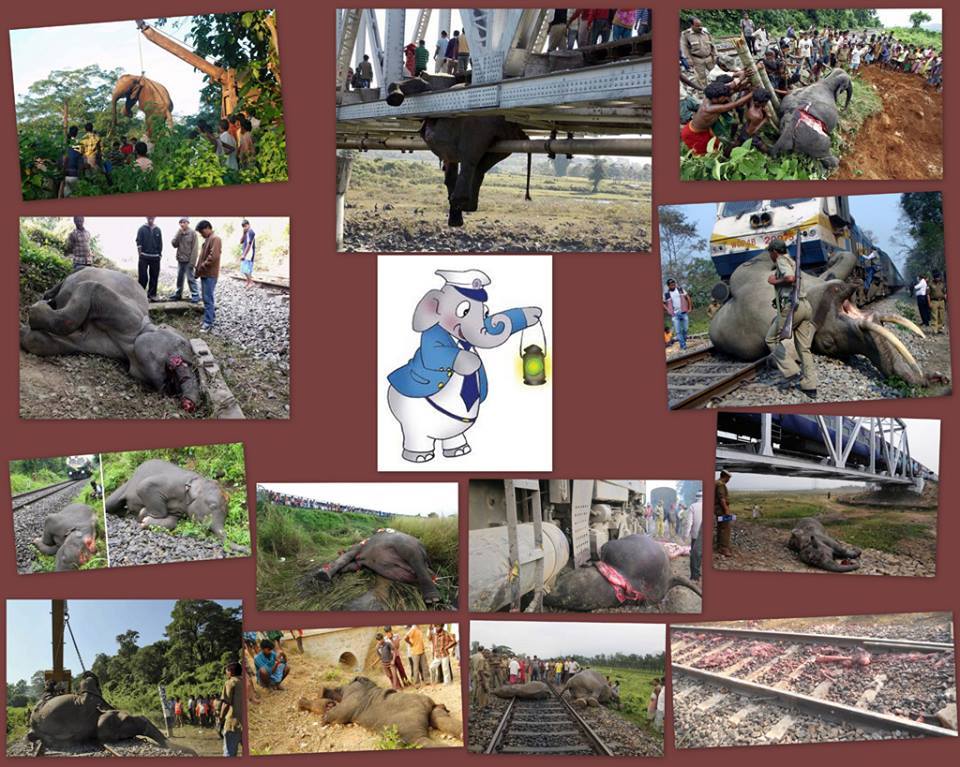
Elephant deaths in accidents
Please write to the following important stakeholders urging them to ensure –
a) setup task force to create long term plans for alternate alignment of trains passing through sanctuaries and protected areas where elephants and other charismatic wildlife have been hit
b) immediately create well designed large overpass and underpass in the routes with well designed long slopes with ample space where large animals like elephants can easily pass while moving in herds.
c) physically arrest and prosecute drivers and officials of Indian Railways when such accidents occur
d) monitor speed of trains using radars and immediately arrest drivers of trains driving over speed limits in the next station.
You may write and bring this to the notice of the Hon’ble Prime Minister of India Sri Manmohan Singh, the Hon’ble Chief Minister of West Bengal and the Hon’ble Railway Minister and urge them to use their good offices to create a lasting solution to this issue.
To,
Shri Manmohan Singh
Hon’ble Prime Minister of India,
South Block, Raisina Hill, New Delhi – 110011
Email:pmosb@pmo.nic.in
Tel: +91-11-23012312
Fax: +91-11-23016857
To,
Kumari Mamata Banerjee
Hon’ble Chief Minister of West Bengal
Writers Building, Kolkata
Email: cm@wb.gov.in
Tel: +91-33-22145555, +91-33-22145588
Fax: +91-33-22145480
To,
Shri Mallikarjun Kharge
Hon’ble Minister for Railways
Rail Bhawan, Rafi Marg,
New Delhi – 110001
Tel:+91-11-23386645
Fax:+91-11-23387333
To,
Smt. Jayanthi Natarajan
Hon’ble Minister of State (Independent Charge)
Ministry of Environment and Forests
Paryavaran Bhawan, CGO Complex,
Lodhi Road, New Delhi – 110003
Email:mosefgoi@nic.in
Tel: +91-11-24361727
Fax: +91-11-24362222
Other Conservation News:
Amur Falcon Migration
In 2012 the massive scale of trapping Amur Falcons in Nagaland during their annual migration path had come to light. There were several ballpark estimates about the number of Amur Falcons trapped last year with one as high as 140,000. The Chief Wildlife Warden, Dimapur, Nagaland has pegged the number of Amur falcons killed last year at 30,000.
The Amur Falcons have got a very long migration path despite its relatively small size. This year an Amur Falcon partnership has been formed between MoEF, Wildlife Institute of India (WII), Department of Forests, Ecology, Environment and Wildlife, Government of Nagaland; CMS Memorandum of Understanding for the Conservation of Migratory birds of prey in Africa and Eurasia (Raptors MoU); MME/BirdLife Hungary and Hungarian Natural History Museum. Accordingly three Amur falcons have been fitted with satellite transmitters and set free. The resulting data will help us understand its behaviour and migration path. The day to day tracking data can be found here:
http://www.satellitetracking.eu/inds/showmap/?check_143=143&check_145=145&check_144=144
The following satellite tracking images of the three falcons have shown that more portion of their route is over the ocean, which is not the shortest distance. The wind and ocean currents are a better help to them making them spend less energy as opposed to flying through the shortest distance which makes them fly more over land. Birds are also known to vary their altitudes though the flying routes remain imprinted in their brains.
Once scientists pour over all the data including that from their return migration, we all would be wiser and it would throw a lot of pointers towards better preservation.
Book Review:
The Leopard in India : A Natural History by J. C. Daniel
http://www.indiawilds.com/diary/the-leopard-in-india/
Natural History
Malabar Gliding Frog ‘Nesting Behaviour and development Stages’ By Amit Sayyed
http://www.indiawilds.com/diary/malabar-gliding-frog-nesting-behaviour-and-development-stages/
The Lifecycle of Common Crow Butterfly by Jobymon Cherayil Prakesh
Country Notebook by Saktipada Panigrahi
http://www.indiawilds.com/forums/showthread.php?8852-Country-notebook-m-krishnan&p=65504#post65504
Sounds of Nature:
Cooing of Brown Hawk Owl by Prathapan Ramachandran
http://www.indiawilds.com/forums/showthread.php?13511-Cooing-of-Brown-Hawk-Owl
Recreational Angling Survey by Nishikant Gupta
Members may help in the recreational angling survey undertaken by a PhD student:
http://www.indiawilds.com/forums/showthread.php?13509-Recreational-angling-survey-(Ref-Sabyasachi)
Equipment Discussions:
Dual Pixel AF upgrade in Canon Cinema C100
In an interesting development Canon has announced that it will make the dual pixel auto focus feature available in the Canon C100 video camera. The Dual Pixel AF feature was first introduced in the Canon EOS 70D DSLR camera which helps in smooth auto focus in the video mode. This feature in the EOS 70D was well received. So now Canon has decided to offer this dual pixel AF to be introduced in the C100 through a hardware upgrade and will be available in February 2014. This is the first time Canon is deciding to use this technology in a C series camera. For participating in this discussion please check here:
http://www.indiawilds.com/forums/showthread.php?13463-Canon-announces-Dual-Pixel-AF-for-C100
Nikon Goes Retro with Df DSLR without video
Nikon has launched the Df DSLR in the FX format. This interesting DSLR is retro-styled, looks elegant and brings back memories of cameras we used two decades back. This is a still photography camera and doesn’t have the video function that we are so accustomed to these days. One can again feel the solidity of the buttons in changing shutter speed or aperture etc. I won’t be surprised if this camera is bought for its looks alone.
Salient Features:
same 36 x 23.9mm CMOS sensor from the flagship D4 camera
16.2 Mega Pixel
EXPEED 3 engine
ISO – 100 to 12800, expandable to 204800
39 Point AF system with 9 cross type sensors,
seven AF points working at f8. AF modes selectable between 9 point, 21 point, 39 point and 39 point with 3D tracking and Auto area AF.
2016 pixel 3D matrix metering
5.5 fps burst speed
3.2 inch 921k dot LCD screen
Viewfinder with glass pentaprixm with 100 % view
Built in HDR (High dynamic range) mode
Price: 2749.95 usd for body only.
For details please check here:
http://www.indiawilds.com/forums/showthread.php?13452-Nikon-goes-retro-with-Df-DSLR-without-video
Image of the Month
The honour for the Image of the Month for October 2013 goes to Roopak Gangadharan for his image Indian Flying Fox.
http://www.indiawilds.com/forums/showthread.php?13544-Image-of-the-Month-October-2013
Wildlife Photography:
Jungle cat a sudden encounter by Kaustuv Chatterjee
http://www.indiawilds.com/forums/showthread.php?13485-Jungle-cat-a-sudden-encounter
Leopard in Kabini by Praveen Siddannavar
http://www.indiawilds.com/forums/showthread.php?13327-Kabini-continues-to-amaze-me%85
Smooth coated otter: conversations by Bibhav Behera
http://www.indiawilds.com/forums/showthread.php?13325-Smooth-Coated-Otter-Conversations
Little Grebe with its family by Kaleeswara Srikanth
http://www.indiawilds.com/forums/showthread.php?13462-Little-Grebe-with-its-family
Goliath Heron by Vipin Sharma
http://www.indiawilds.com/forums/showthread.php?13364-Goliath-Heron-SUNDERBAN-DIARY
Plaintive Cuckoo female shot with a compact camera by Samrat Sarkar
http://www.indiawilds.com/forums/showthread.php?13324-Plaintive-Cuckoo-(Female)
A hint of a danger in a peaceful landscape? by Shyamala Kumar
http://www.indiawilds.com/forums/showthread.php?13489-A-hint-of-danger-in-a-peaceful-landscape
Thoovanam Waterfalls, Chinar, Kerala by Prathapan Ramachandran
http://www.indiawilds.com/forums/showthread.php?13423-Thoovanam-Water-falls-Chinnar-Kerala
Summer view of the Siang river by Kaling Dai
http://www.indiawilds.com/forums/showthread.php?13375-siang-river
Leaf Moth by Kaling Dai
http://www.indiawilds.com/forums/showthread.php?13478-Leaf-Moth
Regards,
Sabyasachi Patra
Profile: http://www.indiawilds.com/about.htm
Contact: http://www.indiawilds.com/contact_us.php
Facebook: http://www.facebook.com/pages/IndiaWilds/132629240481
Diary: http://www.indiawilds.com/diary/
Equipment reviews: http://www.indiawilds.com/diary/category/equipment/
Forums: http://www.indiawilds.com/forums/index.php
IndiaWilds Channel: http://www.youtube.com/indiawilds
Please post your views and feedback in the comments below.
- GoPro Hero 12 Black - 6 September,2023
- Leopards: The Last Stand - 2 July,2023
- Drifting in the Waters of Sundarbans - 26 March,2023

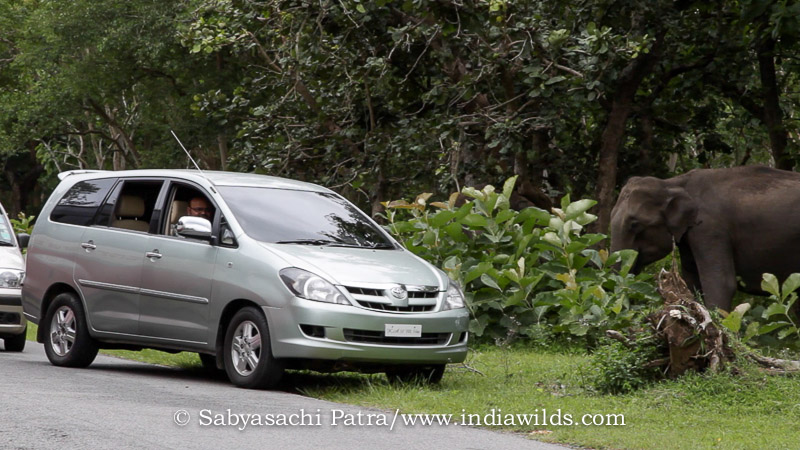

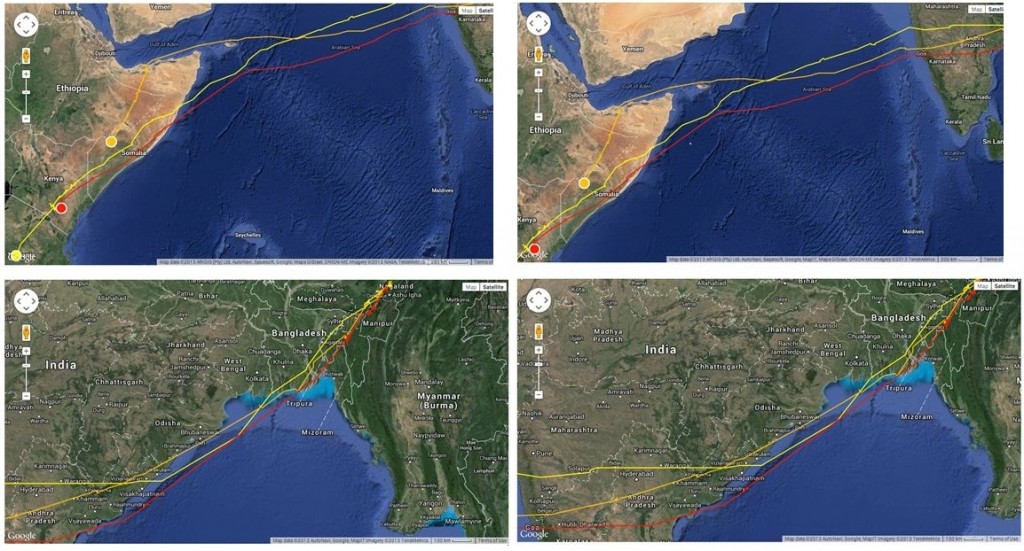
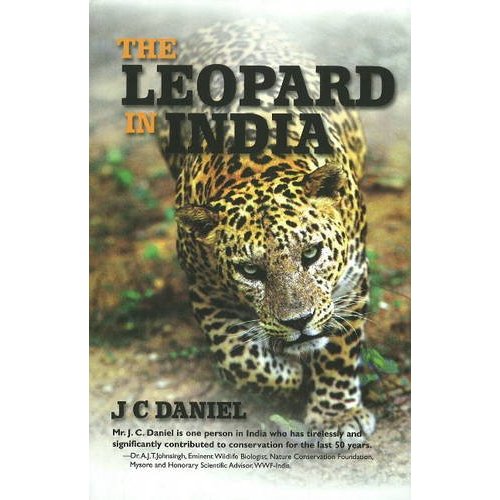
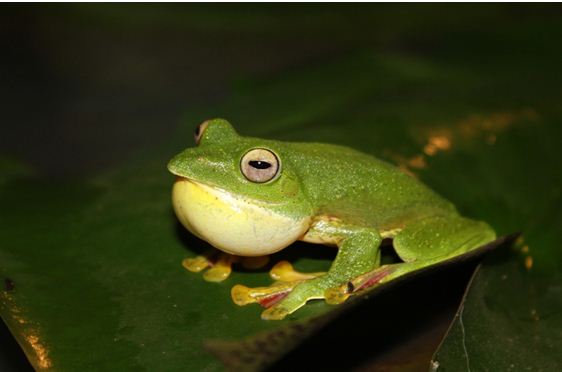




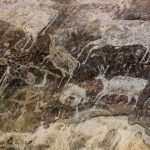
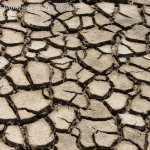
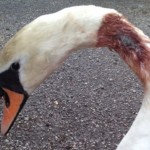
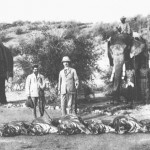
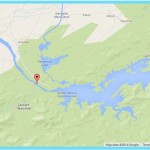
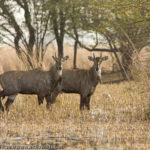




Very sad, Sabyasachi! City dwellers are increasingly encroaching upon the space for animals :(. Yes, we continue to widen roads and make them in areas where they clearly should not be.
The challenge is earlier there was less traffic in these roads. With increasing population, easier EMIs leading to more vehicles and the pathetic condition of our public transport system, we have more vehicles on these roads and that is a serious problem. I have seen many animals killed infront of my eyes. The best bet is to create good roads to bypass the forest areas.
True roads encroach wildlife habitats – and the road that is being planned to run through Neora Valley National Park in Darjeeling is going to take large chunks of red panda habitat
All of us have lot of respect for our Army. However, once the Army decides that it needs a road, no one is ready to listen. Another beautiful wilderness area will bite the dust. Unless all of us take a few minutes and some courage to shoot off our protest letters and emails to authorities and put pressure on them, these things will continue. 🙁